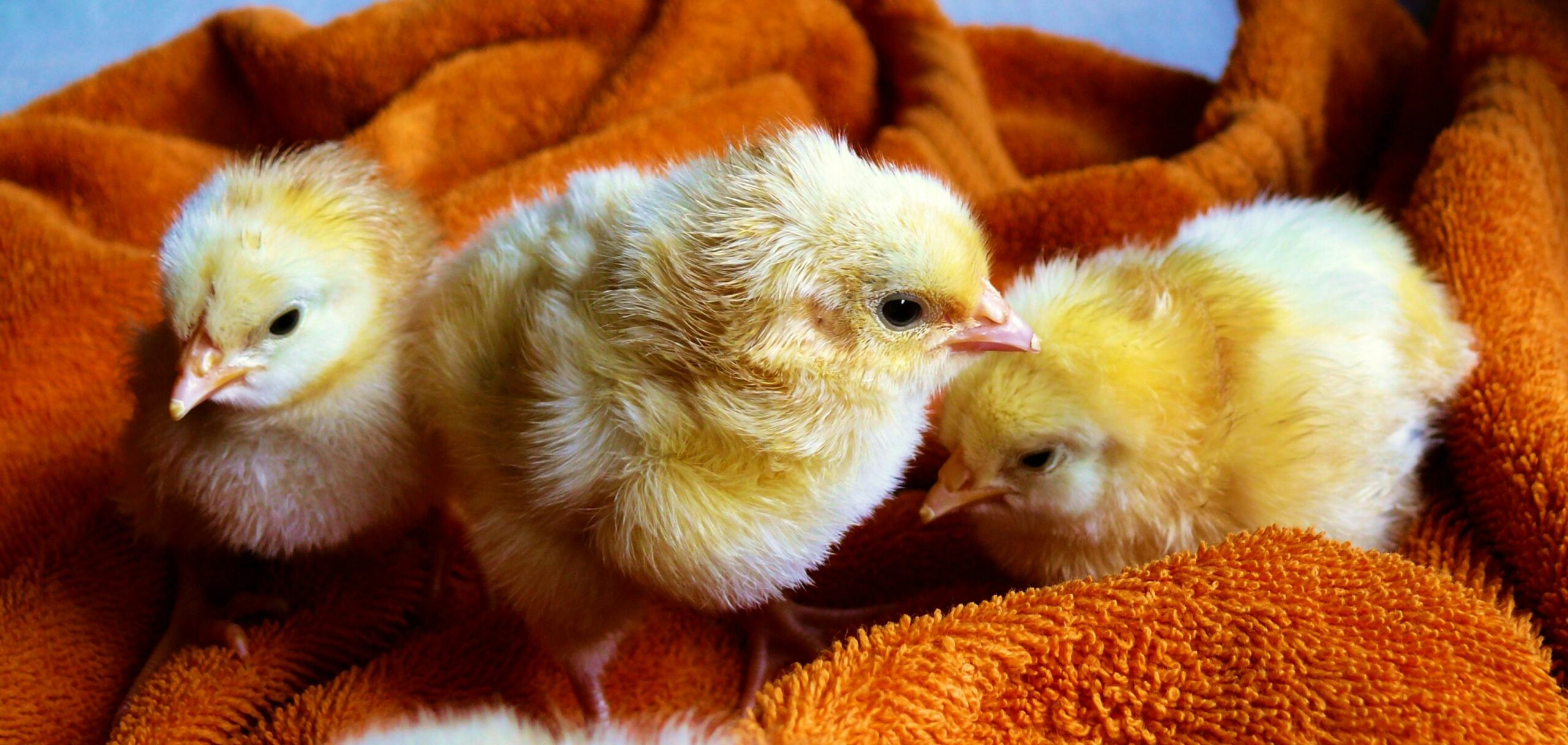
Determining the gender of a chick can be tricky, especially for beginners, but there are several methods used by professionals to distinguish between male (roosters) and female (hens) chicks. Here are the most common ways:
1. Vent Sexing (Professional Method)
Vent sexing is a technique used by experienced poultry farmers or professionals to determine a chick’s gender by examining its genitalia.
- How it works: The vent (cloaca) of the chick is examined to identify whether it has male or female characteristics.
- Difficulty: This method requires skill and practice. It’s not recommended for beginners as incorrect handling can injure the chick.
2. Feather Sexing (Common for Some Breeds)
Some breeds of chicks can be sexed by observing their wing feathers. This is most commonly possible in hybrid or specially bred chickens.
- How it works:
- In certain breeds, female chicks develop primary wing feathers faster than males.
- Spread the chick’s wing gently to observe the length of the primary feathers. If the wing feathers are uneven in length, the chick is more likely to be female. If the feathers are of uniform length, the chick may be male.
3. Color Sexing (For Sex-linked Breeds)
Some chicks are bred to display different feather colors depending on their gender.
- How it works: In sex-linked breeds, male and female chicks have distinguishable differences in color or pattern right after hatching. This method works only with specific cross-breeds designed for easy identification.
4. Behavioral Observations (As They Mature)
While this method isn’t useful in very young chicks, over time, certain behaviors can help identify a chick’s gender.
- How it works:
- Male chicks (roosters) tend to be more assertive or aggressive compared to females.
- As they grow, males will also begin to show larger combs and wattles (the fleshy parts on the head and neck) earlier than females.
5. Size and Growth (Not Always Accurate)
In some breeds, male chicks may grow slightly faster than females and be bulkier. However, this method is not very reliable as growth rates can vary based on factors like diet and environment.
6. Listening for Early Crowing
Male chicks (cockerels) will usually start to practice crowing at a young age, often around 6 to 8 weeks old. This is a clear sign that you have a rooster on your hands.
Conclusion:
While it can be difficult to determine the gender of a chick in its earliest days, using methods like vent sexing, feather sexing, and observing behaviors as they grow can help. For the most accurate results, vent sexing is typically used by professionals, while color and feather sexing is easier for beginners in certain breeds. If you’re uncertain, waiting until the chicks grow a bit older will reveal more noticeable gender differences.
Leave a Reply